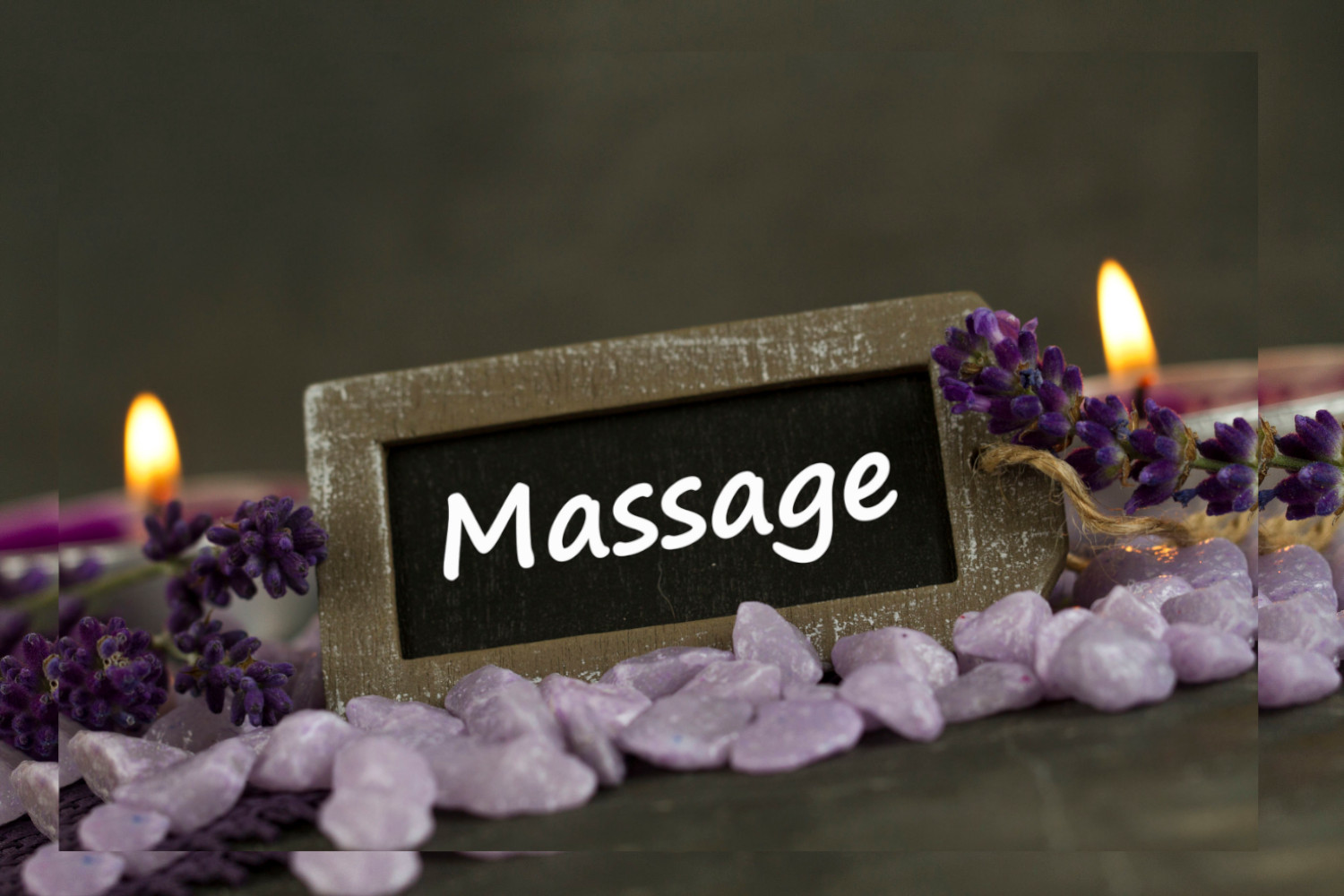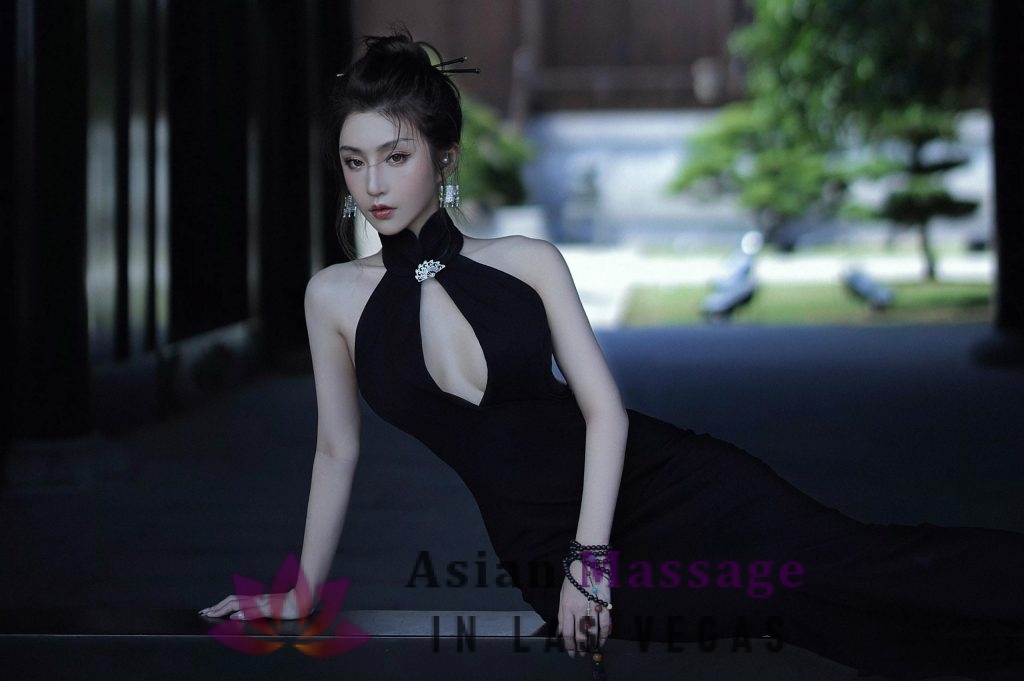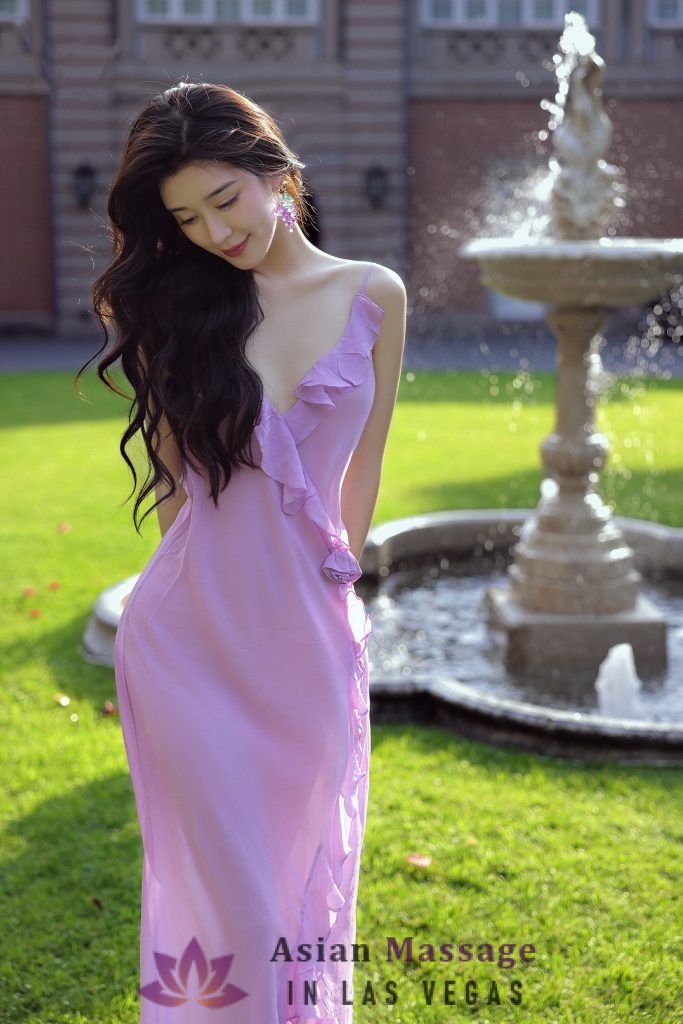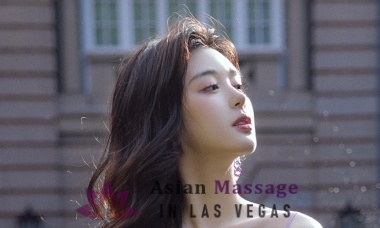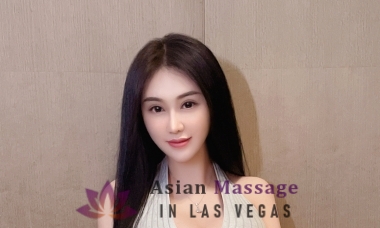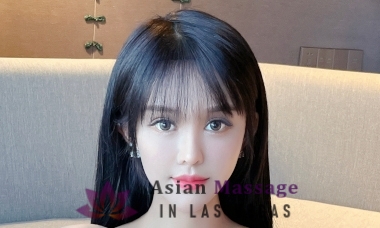How is Asian massage different?
Asian massage differs from Western massage styles in several ways, encompassing both philosophy and technique. Here are key distinctions that set Asian massage apart:
Holistic Approach:
Western Massage: Western massage often focuses on specific muscle groups or areas of tension, aiming primarily for physical relaxation and pain relief.
Asian Massage: Asian massage, rooted in traditional Eastern philosophies, takes a holistic approach. It seeks to balance the body’s energy flow, addressing physical, mental, and spiritual aspects.
Philosophical Foundation:
Western Massage: Primarily based on anatomy and physiology, Western massage emphasizes the musculoskeletal system and aims for localized therapeutic effects.
Asian Massage: Draws from ancient Eastern philosophies such as Traditional Chinese Medicine and Ayurveda. It views the body as an interconnected system where balance is crucial for overall well-being.
Energy Flow:
Western Massage: Generally doesn’t explicitly consider the concept of energy flow. It focuses more on manipulating muscles and soft tissues.
Asian Massage: Prioritizes the smooth flow of vital energy (qi or prana) along energy channels or meridians. Techniques aim to unblock or balance this energy for improved health.
Techniques:
Western Massage: Utilizes a variety of strokes such as effleurage, kneading, and petrissage. Techniques are often standardized across different modalities like Swedish, deep tissue, or sports massage.
Asian Massage: Encompasses a wide range of techniques, varying by style. Examples include acupressure in Chinese massage, stretching in Thai massage, and energy channel manipulation in Shiatsu.
Clothing:
Western Massage: Typically involves undressing to some extent, with the client covered by a sheet or towel for modesty.
Asian Massage: Often performed with the client fully clothed, especially in styles like Thai massage or Shiatsu. Loose, comfortable attire is usually recommended.
Customization:
Western Massage: Treatments are often standardized, with therapists following established routines tailored to specific goals like relaxation or pain relief.
Asian Massage: Tends to be more adaptable and customized. Therapists may adjust techniques based on the individual’s energy imbalances or specific health concerns.
Spiritual Aspect:
Western Massage: Primarily focused on physical aspects of well-being without a significant spiritual component.
Asian Massage: May incorporate spiritual elements, particularly in traditional practices. The goal is not just physical relaxation but also achieving harmony between body and spirit.
It’s important to note that these generalizations can vary within different Asian massage styles, and practitioners often integrate elements from both Eastern and Western approaches based on individual needs and preferences.
1. Why Are Asian Massages So Good?
Asian massages are often considered exceptional for several reasons:
Holistic Approach: Asian massages, rooted in traditional Eastern philosophies, take a holistic approach that addresses not only physical tension but also mental and spiritual well-being.
Energy Flow: Many Asian massage techniques focus on balancing the body’s energy flow (qi or prana), which is believed to contribute to overall health and vitality.
Variety of Techniques: Asian massages encompass a diverse range of techniques, each with its unique benefits. From acupressure in Chinese massage to stretching in Thai massage, these methods offer a comprehensive approach to relaxation and healing.
Customization: Asian massages are often highly adaptable and customized to the individual’s needs. Therapists may adjust techniques based on energy imbalances or specific health concerns.
Spiritual Elements: Some Asian massages incorporate spiritual elements, adding a dimension of tranquility and balance that goes beyond the physical.
2. How Is Asian Massage Different from Traditional?
“Traditional” can refer to various massage styles depending on cultural and regional contexts. For clarity, let’s compare Asian massage to what is often considered a traditional Western massage, such as Swedish massage:
Philosophy: Asian massage, drawing from traditional Eastern philosophies, views the body holistically and emphasizes energy flow. Swedish massage is rooted in Western anatomical and physiological principles.
Techniques: Asian massages often involve a wide range of techniques, including acupressure, stretching, and energy channel manipulation. Swedish massage, on the other hand, primarily uses long strokes, kneading, and friction.
Clothing: Asian massages are often performed with the client fully clothed, while Swedish massage usually involves undressing to some extent.
Focus on Energy Channels: Asian massages may focus on specific energy channels or meridians. Swedish massage typically targets muscle groups to promote relaxation and improve circulation.
3. Difference Between Asian and Swedish Massage:
Philosophy and Approach:
Asian Massage: Holistic approach, often incorporating energy flow concepts and a variety of techniques tailored to individual needs.
Swedish Massage: Focus on anatomy and physiology, using specific strokes and techniques for relaxation and muscle tension relief.
Techniques:
Asian Massage: Diverse techniques like acupressure, Shiatsu, Thai massage, and more.
Swedish Massage: Primary techniques include effleurage, kneading, and petrissage.
Clothing:
Asian Massage: Often performed with the client fully clothed.
Swedish Massage: Involves undressing to some extent, with the client covered for modesty.
Focus on Energy Flow:
Asian Massage: Emphasizes balancing energy flow through meridians or energy channels.
Swedish Massage: Focuses on improving circulation, muscle flexibility, and overall relaxation.
Both styles have their merits, and the choice between Asian and Swedish massage often comes down to individual preferences, wellness goals, and the desired overall experience.
